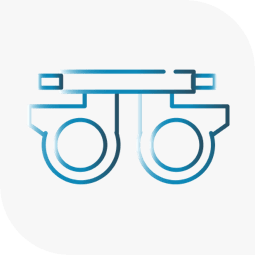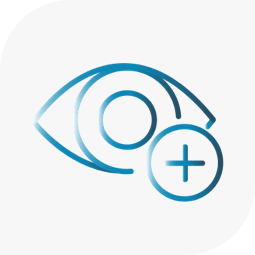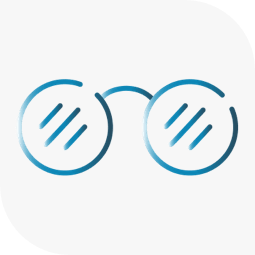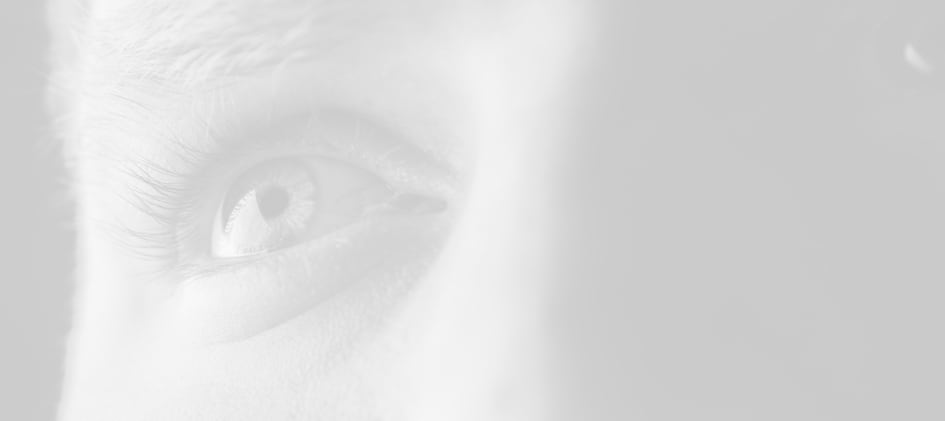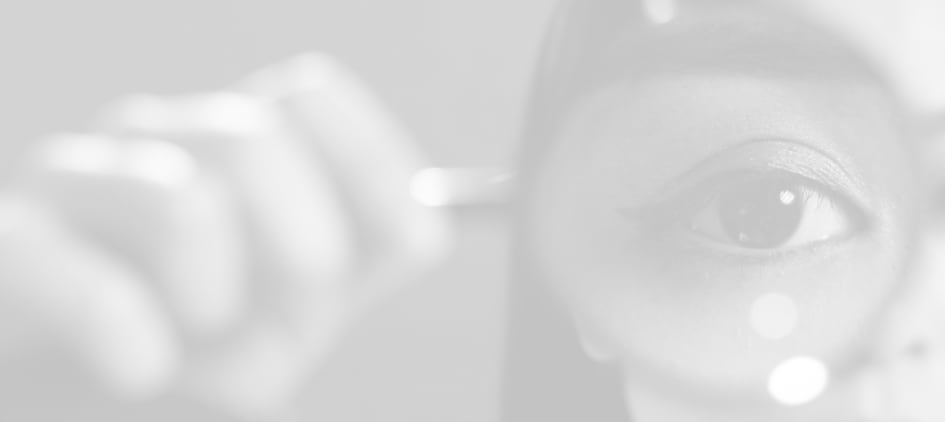If you suffer from symptoms such as headaches, eye fatigue, and neck pain, you’re likely experiencing certain eye alignment problems that can significantly affect your quality of life.
However, thanks to the inventive technology of Neurolens, you no longer have to live with these symptoms.
In a nutshell, Neurolens is a type of eyewear that can help to alleviate symptoms like digital eye strain, headaches, and even neck and shoulder tension, but there’s more to this eyewear than just that!
To determine if Neurolens is right for you, it is important to discuss with your eye care specialist and book an eye exam.
What is Neurolens?
Neurolens is a revolutionary and patented technology designed to treat eye alignment problems that affect millions of people worldwide.
Essentially, this technology identifies and corrects prism imbalance in your glasses, creating a more comfortable and healthy visual experience. Transitioning to Neurolenses is noninvasive, though there may be an adjustment period, as with any new prescription.
This imbalance typically occurs when the eyes work extra hard to maintain alignment, leading to headaches, eye fatigue, neck pain, and even poor posture.
What is Eye Misalignment?
When your eyes and brain struggle to form a single, clear picture, you have eye misalignment. Eye misalignment is a common underlying issue behind digital vision syndrome.
This can disturb the trigeminal nerve, which is connected to your brain and is the largest of your head’s cranial nerves. As it leaves the brain, the trigeminal nerve divides into three branches that help you feel and move your eyes, nose, and mouth and provide feeling to the head and neck.
When your eyes are not correctly oriented, extra pressure may be placed on the trigeminal nerve, resulting in overstimulation and various unpleasant symptoms, including dry eyes, eye fatigue, eye strain, headaches, neck tension and shoulder pain, and motion sickness. This is referred to as trigeminal dysphoria.
How Does Neurolens Work?
The “contoured prism” technology behind Neurolens involves eyeglass lenses that address the misalignment between the eyes, providing patients with an unprecedented level of vision comfort and efficiency.
Neurolenses, as opposed to ordinary prism lenses, are intended to ease binocular misalignment at distant, middle, and close ranges in a single lens while also correcting the patient’s refractive prescription. The lenses are custom-designed for each patient’s particular needs.
As a result, your eyes won’t have to work as hard when you look at digital devices or read books or workstations.
Benefits of Neurolens
Not only does Neurolens technology provide relief from symptoms that otherwise diminish your visual experience, but it can also lead to improved academic or work performance, improved posture, and even enhanced driving safety.
With improved depth perception, you’ll also be less likely to experience motion sickness or nausea while travelling. This technology is truly life-changing for people who have been living with eye alignment problems for years.
Who Can Benefit from Neurolens?
If you experience discomfort when using digital devices or reading or have symptoms like headaches, neck pain, eye fatigue, or even poor posture, you may be an excellent candidate for Neurolens.
Other people who can benefit from Neurolens technology include athletes, patients with binocular vision disorders, and people who spend extended periods working with illuminated screens.
Find out if you qualify by taking the Neurolens Test. Even if you don’t currently wear prescription glasses, most individuals qualify.
Binocular Vision Disorders
Binocular vision disorders occur when your eyes don’t work together properly. This can throw off your depth perception and make it hard to judge distances.
There are a few different types of binocular vision disorders. You’ve got strabismus, where one or both eyes turn in, out, up, or down. There’s also amblyopia, often called “lazy eye,” where one eye doesn’t develop properly, leading to poor vision in that eye.
Then you’ve got convergence insufficiency. This one’s a bit tricky. It’s when your eyes have trouble turning inward to focus on something close up. You might struggle with reading or other close-up tasks.
Lastly, there’s double vision, which is exactly what it sounds like: seeing two images instead of one. It can happen all the time or only under certain conditions.
Neurolens’ Role in an Athlete’s Performance
Having working binocular vision is a crucial aspect of an athlete’s performance. It impacts their ability to track objects, anticipate movements, and make split-second decisions. In fact, more than 80% of perceptual input in sports comes from the eyes.
Neurolenses can aid in correcting misalignment in your eyes, potentially enhancing your binocular vision. By relieving symptoms like digital eye strain and headaches, they could help you focus better on your game.
If you’re an athlete dealing with eye discomfort or simply want to improve your performance, Neurolens might be worth considering!
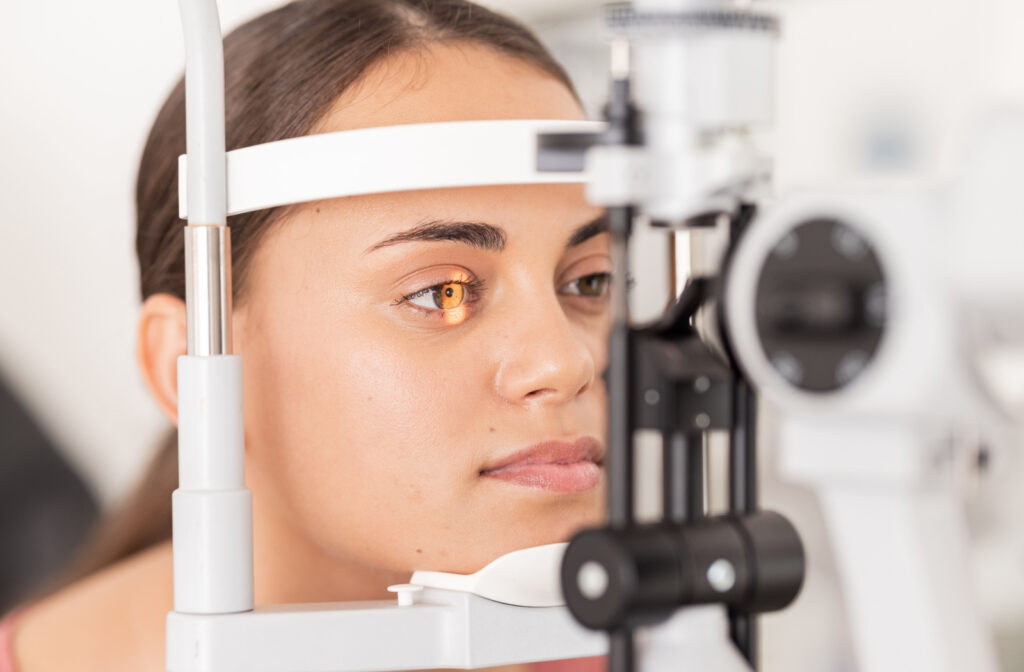
How Neurolens Supports Digital Eye Health
In today’s digital world, we spend hours staring at computer screens, tablets, and smartphones, which can exacerbate eye misalignment and strain. Neurolens helps alleviate symptoms associated with digital eye strain, such as blurry vision, dry eyes, and fatigue, by reducing the extra effort your eyes need to focus.
By improving visual comfort, Neurolens not only helps you work and study longer but also reduces the risk of posture-related issues, such as neck and shoulder tension. This makes it an excellent tool for anyone who spends significant time in front of screens, from students to office workers.
Neurolens and Long-Term Eye Health
Beyond immediate symptom relief, Neurolens may contribute to better long-term eye health. When the eyes are forced to overcompensate for misalignment, it can lead to chronic strain and even headaches that worsen over time. Correcting eye alignment early helps prevent these long-term complications and promotes more efficient visual processing.
Regular eye exams and monitoring with your eye care professional ensure that your prescription and Neurolens settings remain optimized, supporting not only comfort but also the overall health of your eyes.
Neurolens: A Solution for Eye Correction
With its ability to identify and correct eye alignment problems, Neurolens technology represents a significant breakthrough in vision care.
Collingwood Optometry is proud to offer Neurolens technologies to its patients. If you’re looking for an improved and healthier visual experience, schedule an appointment with us and discover the many benefits of this innovative technology.
Key Takeaways
- Neurolens addresses eye misalignment by correcting prism imbalance for a more comfortable visual experience.
- Symptom relief includes reduced headaches, eye strain, neck tension, and improved posture.
- Digital eye strain can be alleviated, helping people who spend long hours on screens.
- Athletic and academic performance may improve due to better binocular vision and focus.
- Long-term benefits include supporting overall eye health and preventing chronic strain.
- Custom solutions: Neurolenses are tailored to each patient’s specific needs and prescription.




